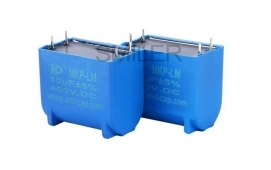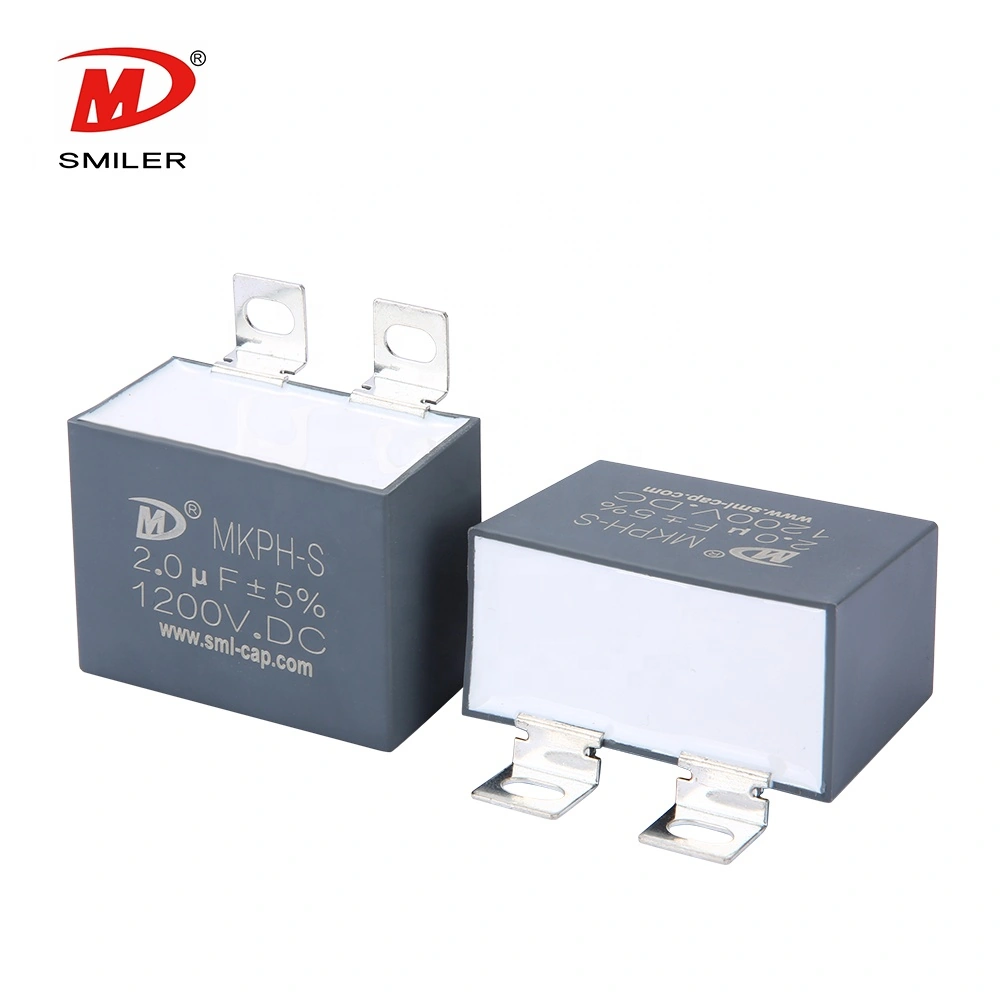DC link converters play a key role in power setups. They act as a middle step that holds and manages energy between the AC-to-DC change and the DC-to-AC switch. This setup is vital for systems needing smooth energy flow, like solar power, motor controls, or factory automation. The converter steadies voltage changes, keeps input and output separate, and handles fast switching. This leads to easier shifts and better power delivery.
DC link converters are central to power electronics. They store energy short-term to keep the voltage steady. This helps in places like renewable energy or motor drives. By cutting voltage swings, they make systems work better and save energy.
DC link converters link power sources, like rectifiers or DC supplies, to inverters that run motors or feed grids. This middle step uses capacitors to hold energy briefly. It sends a steady voltage with little ripple to the inverter. This steady input is key to making a clean AC output. The link's quality affects system efficiency, voltage steadiness, and overall trustworthiness.
DC link converters are used in many fields. They handle high power while keeping things stable. In solar photovoltaic (PV) arrays or wind turbines, they smooth out the changing DC before it turns to AC for the grids. They also work in electric vehicle (EV) drives, uninterruptible power supplies (UPS), elevators, welding tools, and factory motor systems. Applications used in inverters are wind power and solar power, EV or HEV welders, elevators, and motor driver systems.
DC link inverters turn DC into AC in real-world setups. They use key parts to make this work smoothly.
Inverter circuits in a DC link system change direct current to alternating current. They use switches like IGBTs or MOSFETs. These switches work fast to make smooth AC waves for loads or grids. The conversion's success depends a lot on the steady input from the DC-Link Capacitor.

A DC link inverter system has several main parts. These include rectifiers (if starting with AC), smoothing capacitors (DC link capacitors), switching transistors, gate drivers, control units, and cooling systems. Among these, ① DC Link Capacitor, ② Snubber Capacitor, and ③ AC Filter Capacitor are core passive parts. They handle energy storage, noise control, and wave shaping.
In solar PV systems, changes cause uneven output. The DC link inverter steadies this energy before it hits the AC grid. Wind turbines also use this to manage speed changes. EV charging stations use these systems to switch grid AC to steady DC for batteries or back to the grid in vehicle-to-grid setups.
Figuring out DC current needs takes careful steps. Several factors shape the calculation.
Current needs depend on a few key things. These include load demand, voltage levels, and losses.
The current needed on the DC side ties to the load at the inverter's output. More output power means more current is needed on the input if the voltage stays the same.
DC current math must look at the working voltage and losses in the converter and inverter stages. Lower voltages need higher currents for the same power. Real-world losses, usually 2% to 10%, must also be added to current guesses.
To find the right DC current (Idc), use simple math and safety steps.
To estimate required DC current (Idc), use:
Idc = Pout / (Vdc × η)
Where:
· Pout = Output Power
· Vdc = Input Voltage
· η = Efficiency (expressed as decimal)
For example: If an inverter outputs 10kW at 95% efficiency with a 600VDC input:
Idc = 10000 / (600 × 0.95) ≈ 17.54A
Engineers should add safety margins, usually 20% to 30%, above normal current. This handles peak loads or short-term spikes, like motor starts or load jumps. It keeps parts like cables, fuses, semiconductors, and capacitors safe, especially those handling high ripple currents.
Capacitors are a must in DC link systems. They keep things steady and store energy.
Capacitors in a DC link hold an electric charge for a short time. They smooth out voltage changes from load shifts or switch spikes. They act like local energy tanks, giving power when needed.
Features used in DC-Link circuits can replace electrolytic capacitors, with low ESR, high ripple current handling capabilities, low Ls, self-healing property, and long lifetime. These traits make them great for replacing older electrolytic capacitors, which may not last in fast-switching setups.
Film capacitors in new converters have low Equivalent Series Resistance (ESR) and low inductance (Ls). This cuts ripple voltage well. It keeps parts like IGBTs or microcontrollers, which dislike noise, running steadily.
Picking capacitors needs careful thought. Consider these:
· Rated voltage range
· Capacitance value
· Ripple current rating
· Thermal stability
· Size constraints
For instance, Voltage Range 600Vdc ~ 4000Vdc, Capacitance Range 24μF ~ 5600μF, Capacitance Tolerance ±5%(J), ±10%(K) are common values for strong systems in fields like transport or renewable energy.
SMILER builds trusty capacitor solutions. We focus on tough tasks in power systems.

SMILER makes advanced capacitors for hard jobs. These include renewable energy, factory automation, electric vehicles, UPS units, and more. Our focus is on working well in tough spots like high heat or wet settings.
Our capacitors are built for DC link needs with key features.
Low ESR, high ripple current handling capabilities let our film capacitors handle heavy work without losing performance over time.
High reliability, self-healing property, and long lifetime mean our products keep working for years. They stay steady even under changing heat up to +105°C, depending on the model.
Large capacitance, small size. Excellent overvoltage and overcurrent capability allows our capacitors to fit tight spaces. They work well without losing power. This is a big plus in car electronics or small UPS units.
Our capacitors work in real-world setups across many fields.
Our film capacitors steadily change solar output before it turns to AC. This ensures steady delivery to microgrid networks.
They handle quick turbine speed shifts. They soak up surges and keep a low ripple for good grid feed-in.
SMILER's capacitors back fast-charging setups. They manage high-speed switching currents well over long cycles.
In key spots like hospitals or factories where stops can't happen, our capacitors keep things running. They stay tough under peak loads.
A: A DC link converter is used to connect rectified power sources with inverters by stabilizing voltage levels through intermediate energy storage elements like capacitors.
A: Use the formula Idc = Pout / (Vdc × η), considering your system's output power (Pout), input voltage (Vdc), and overall efficiency (η). Add safety margins for peak loads as explained in this guide.
A: Film capacitors offer lower ESR, better thermal stability, longer lifespan, self-healing properties, and can handle higher ripple currents compared to electrolytic types. Used in DC-Link circuits, it can replace electrolytic capacitors with low ESR.
A: SMILER offers highly reliable film capacitors with features such as self-healing properties, long operational life spans up to +105°C operation range, depending on model type. High reliability, long lifetime.
A: Choose based on your application's voltage range (e.g., up to 4000VDC), capacitance needs (e.g., up to 5600μF), ripple current demands, thermal conditions, and available installation space. Voltage Range: 600VDC ~ 4000VDC Capacitance Range: 24μF ~ 5600μF.